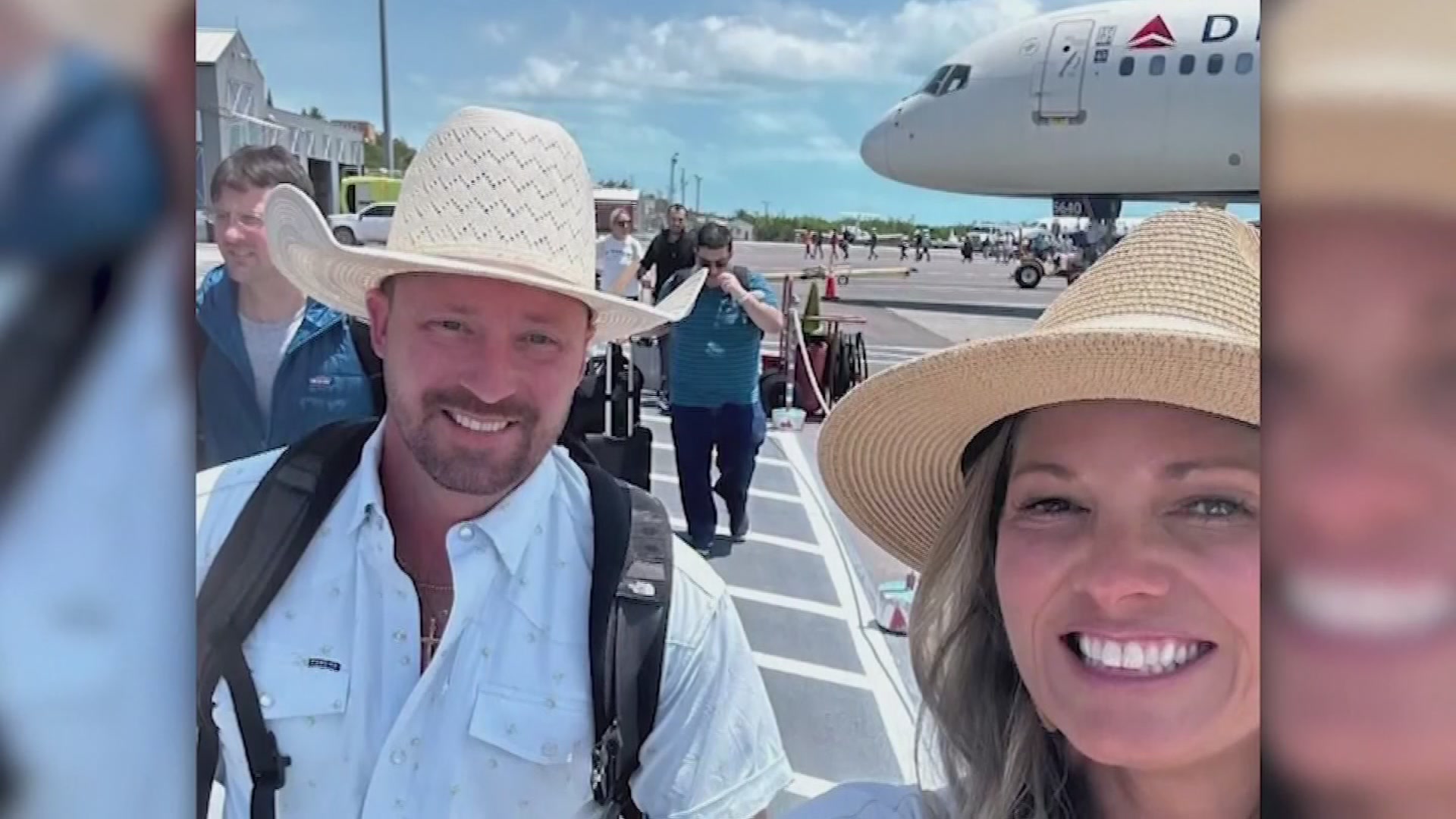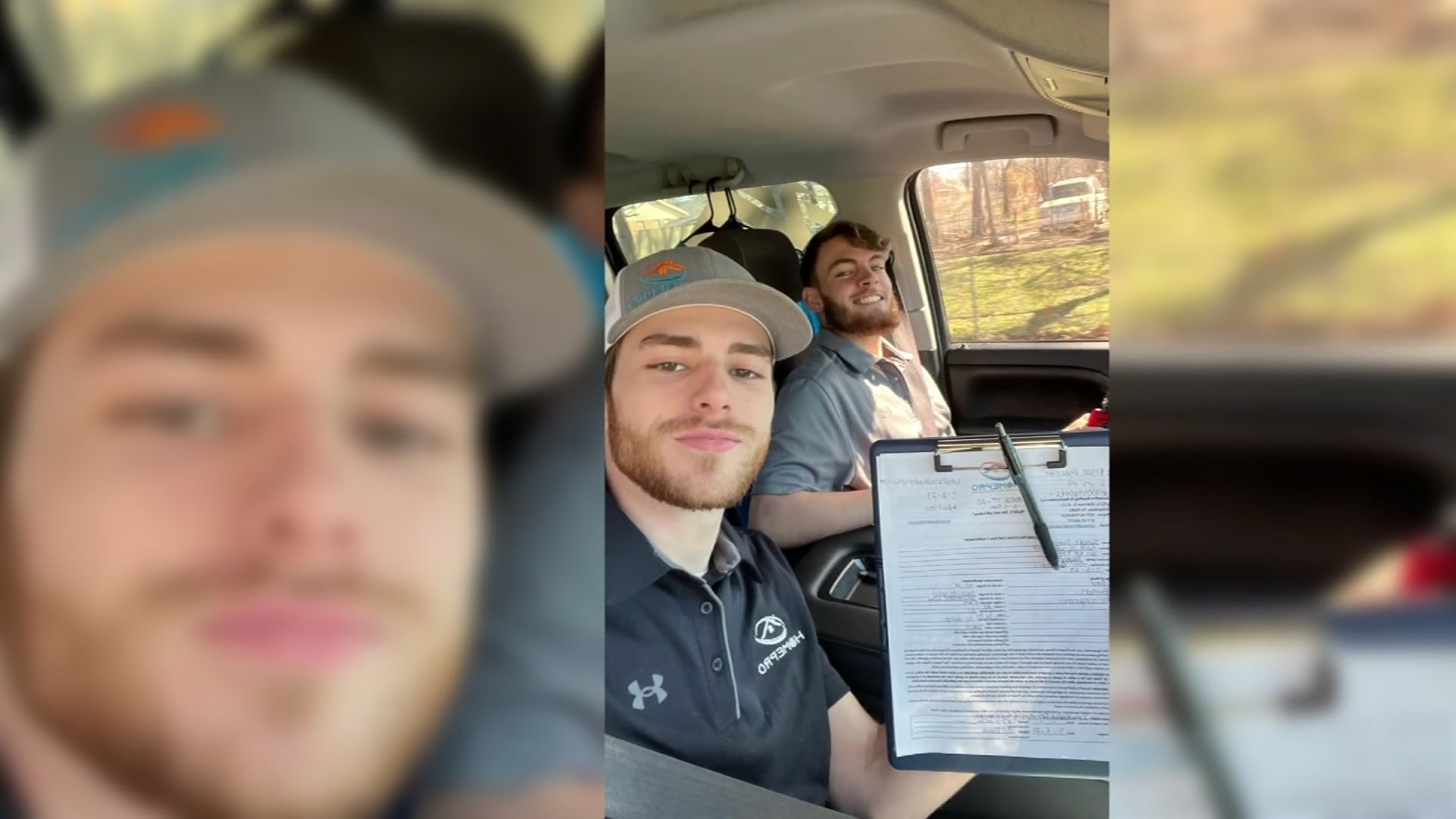To a motorist, zipping south through Galveston County from Houston to Galveston Island, the surrounding landscape might look like a whole lot of nothing -- flat land, scrubby grass and frontage roads edging up to open prairie.
The Galveston County Daily News reports only the occasional sight of a seabird landing among tall grasses might warrant a glance.
John Jacob, a geoscientist with the state of Texas, professor at Texas A&M University and widely recognized expert on wetlands of the upper Texas Gulf Coast, calls the phenomenon "the burden of flat land."
"If you live, say, in Colorado and somebody went out to the Garden of the Gods and said, `Hey, we're going to build a strip mall here,' everybody would say you were crazy," Jacob said. "It's very difficult here to engender enthusiasm for the wetlands we drive by and don't really see."
Jacob raises a central predicament facing Galveston County as it inherits more and more of the spillover from Houston, creating a population boom that demands more residential developments. Add to that industrial development along the Houston Ship Channel and agricultural land giving way to all types of development.
The result, inevitably, is displacement of wetlands -- areas of land inundated by water either seasonally or most of the time, including that nondescript prairie, those puddles and that tall grass.
Those lands may not look like much to the elevated human eye, but they host critical ecosystems that serve many essential functions in our coastal environment.
Local
The latest news from around North Texas.
Jacob and others see gold in the remaining wetlands of Galveston County -- prairie pothole and pimple mound complexes on the mainland, brackish marshes on Galveston Island and the Bolivar Peninsula and seagrass marshes along Galveston Bay.
Among the services they provide, just by being there, are water filtration, drainage capacity that can often prevent flooding in adjacent areas, habitat for wildlife and breeding grounds for fish and shellfish.
For many who long for a life along the water, wetlands are the unseen parts of the land that hold everything else -- birds, fish and clean water -- in place.
But because their value has been historically underestimated and they often are overlooked as important natural resources, wetlands in the county are endangered at a time when we need them most, experts warn.
In some areas, wetlands have disappeared at a rate difficult to fathom.
As much as 70 percent of seagrasses in salt marshes along Galveston Bay has been lost since the 1950s because of subsidence, sinking land caused by groundwater withdrawal for industrial and residential use, according to the Houston Advanced Research Center, a not-for-profit university consortium oilman George P. Mitchell helped establish as a technology incubator to bridge basic research and market applications.
When coastal fringe areas lost elevation along the bay, because of shrinking underground aquifers, the water surface area increased, essentially depriving seagrasses of light and oxygen, thus depleting them.
Inland in the county, League City and Dickinson are seeing significant urban expansion and agricultural areas being sold and converted to housing developments, many of them atop remaining freshwater wetlands that are drained, filled in and paved over, reducing the landscape's natural capacity to mitigate flooding.
Forested wetlands, primarily in Clear Creek and Dickinson Bayou, have been inundated with invasive species such as Chinese tallow or privet, inhibiting their natural abilities for drainage and flood protection.
Along the lower Galveston Bay watershed, an estimated 3 percent of freshwater wetlands were lost to development between 1992 and 2002, with Harris County, just to the north, losing at least 13 percent of its wetlands in the same period, according to the research center.
On Galveston Island, residential developments track right up to the water's edge on both the bay and beach sides of the island, displacing wetlands and impairing their ability to migrate and replace themselves.
None of this is a new phenomenon.
The majority of wetlands destruction in the United States occurred in the middle of the 20th century, and by the mid-1980s, nearly half of Texas wetlands had been destroyed either naturally or by human intervention, Rice University Professor John Anderson reported in his 2007 book, "Formation and Future of the Upper Texas Coast."
The modern Clean Water Act of 1972, the federal government framework for protecting American waters from pollution and, by association, protecting wetlands, changed the pace of that loss and made more people aware of their value in the environment.
But with a burgeoning regional population increase, growing development pressures, relative sea level rise -- the measure of land subsidence combined with rising seas caused by global climate change -- and the White House threatening to weaken federal protections for wetlands, the cumulative impact of wetlands loss in Galveston County has reached what many consider to be a critical tipping point if left unaddressed.
When Hurricane Harvey hovered over the Houston-Galveston area for five days in 2017, dropping as much as 50 inches of rain in parts of Galveston County and causing catastrophic flooding, much of that water had no place to go. Thousands of acres of existing wetlands along bayous had long been drained, filled and paved to make way for roads, houses and businesses.
Had wetlands been retained, there still would have been considerable flooding but not to the degree that made Harvey a $125 billion disaster, Jacob said.
Now, a week doesn't go by that a municipality in Galveston County doesn't seek more funding to start a new drainage project or to implement a flood prevention plan, while all around them, wetlands are being sucked up or ignored as a natural part of the solution.
What would happen if we succeeded at removing them all?
More flooding and less fish, Jacob argues.
"The effect of losing freshwater wetlands, like those on the mainland of Galveston County, would be an immediate decrease in water quality," Jacob said. "The number-one thing they do is clean the water. They are the kidneys of the Earth."
The worse the water quality, the less fish will breed in area waters.
The grasses on those freshwater wetlands clean water through their stems, and they have a biochemical effect on water called denitrification, Jacob said.
"They can remove 99 percent of nitrates in the water, and we get a lot of those around here because the rain falling on us is picking them up from the air," he said.
An estimated 98 percent of all commercial fish and shellfish depend upon wetlands in either their life cycle or as part of their food chain, according to the National Oceanic and Atmospheric Administration.
In the Galveston area, losing wetlands means losing fish populations that support recreation for humans and enrich businesses and local economies.
Regarding flooding, wetlands act as a sponge, trapping and slowly releasing excess floodwaters. The U.S. Environmental Protection Agency acknowledges this important function in its wetlands factsheet: "Wetlands function as natural sponges that trap and slowly release surface water, rain, snowmelt, groundwater and flood water. Trees, root mats and other wetland vegetation also slow the speed of flood waters and distribute them more slowly over the floodplain.
"Preserving and restoring wetlands together with other water retention can often provide the level of flood control otherwise provided by expensive dredge operations and levees."
With plans moving forward for a $30 billion coastal spine to protect the Houston-Galveston area from future storm-generated disasters, consideration of the flood mitigation value of existing wetlands ought to be a high priority, experts say. The plan currently being circulated by the U.S. Army Corps of Engineers acknowledges that putting up levees and walls could have an adverse effect on area wetlands and compensates with a provision of millions of dollars for their restoration.
Meanwhile, the destruction of wetlands marches on, across the coastal plains all the way to Galveston Island.
Sections of the Clean Water Act are under review by the Trump administration, which announced on Dec. 11 it plans to change the definition of "Waters of the United States" to exclude wetlands not adjacent to or connected by surface water to other bodies of water. That would include many freshwater wetlands on the coastal plain in Galveston County.
The U.S. Army Corps of Engineers is charged with enforcing existing laws protecting wetlands but doesn't regulate building on those freshwater wetlands now, adhering instead to a definition of wetlands that lie within floodplains or that have a bed and banks connection, like the marshes along Galveston Bay, Jacob said.
Unlike many states, Texas provides no regulations against building on wetlands.
Many wetlands protection activists in the Galveston County area agree that federal support is dwindling for regulation, including providing enough personnel to the corps to keep up with needed wetland mitigation permits, according to the Houston Advanced Research Center.
All of this makes the complicated problem of protecting and restoring wetlands even more complicated.
"Once you build on a wetland, it's never going to be the same," Jacob said. But protecting the wetlands that remain is essential, he said.
"The question I would ask is if wetlands are the kidneys of the Earth, would you rather have one good kidney or two bad kidneys?"



